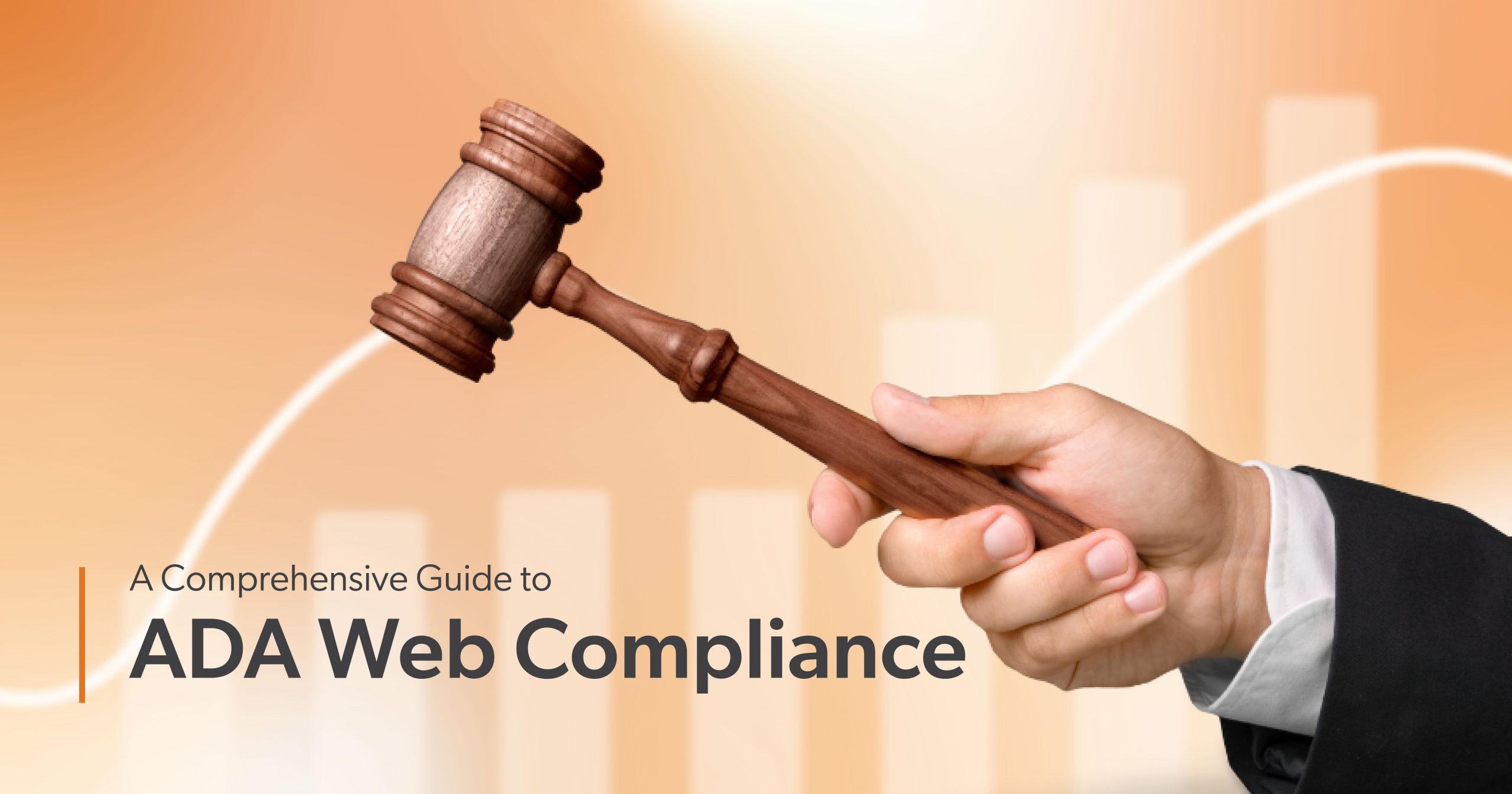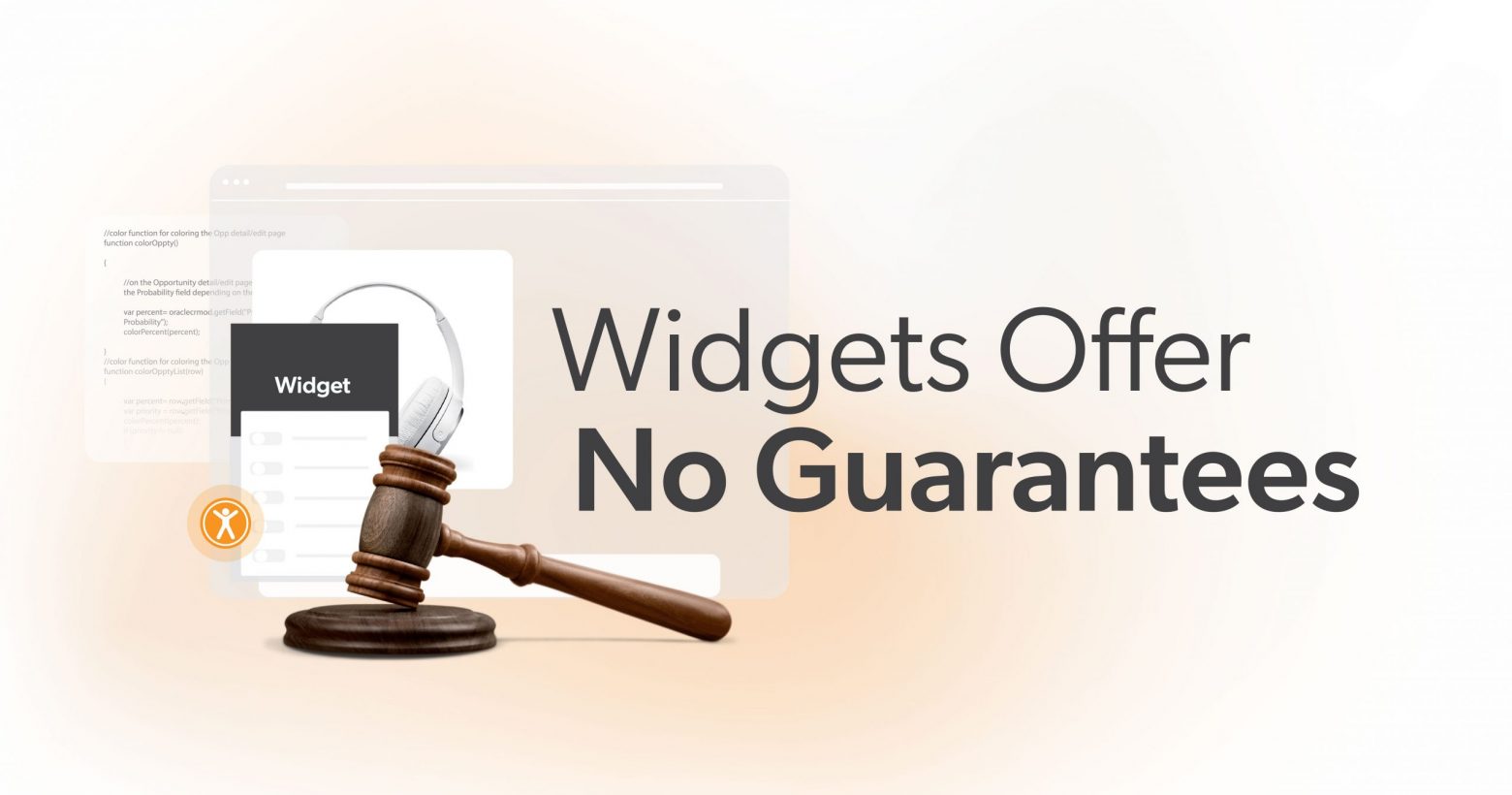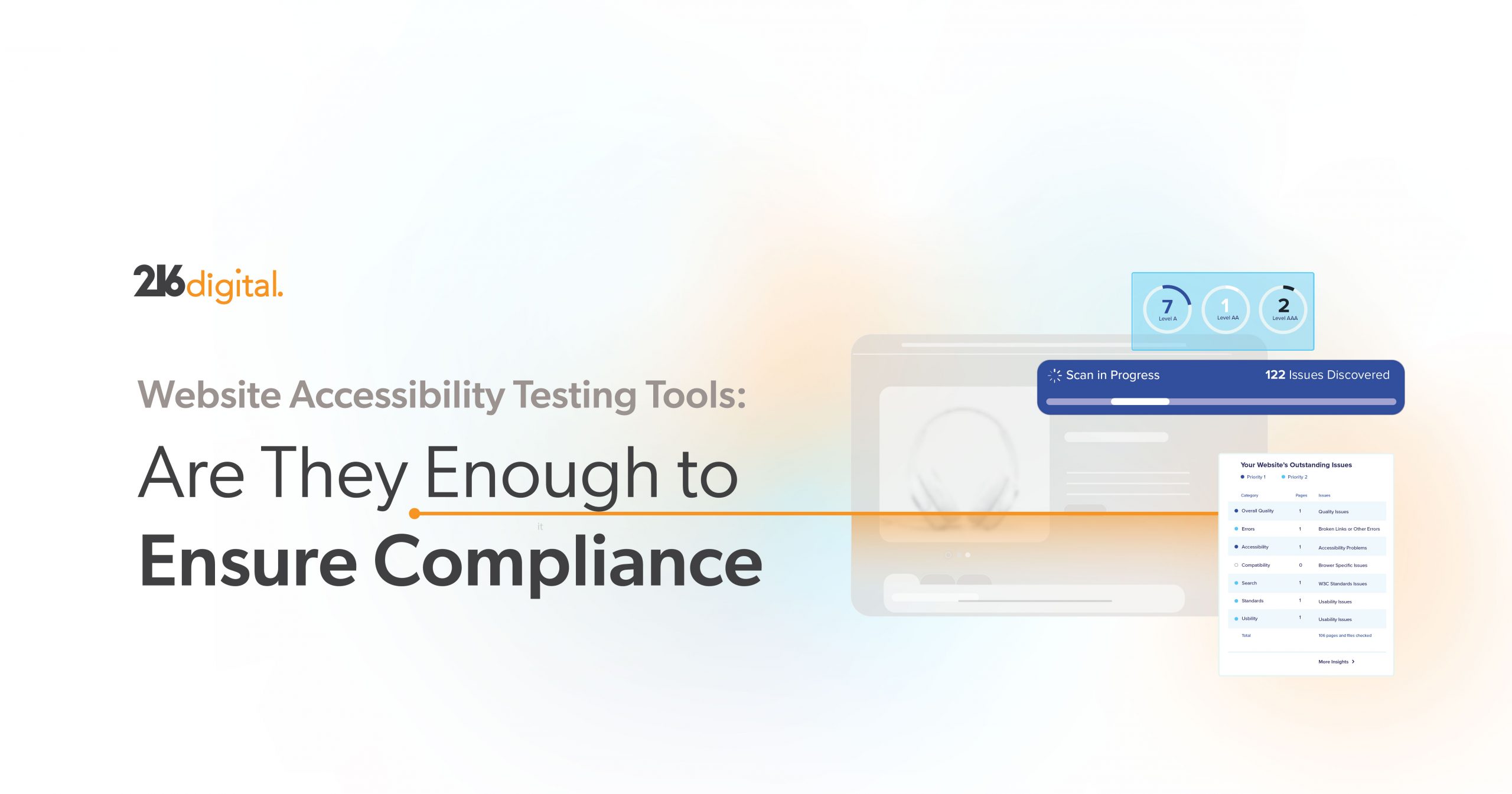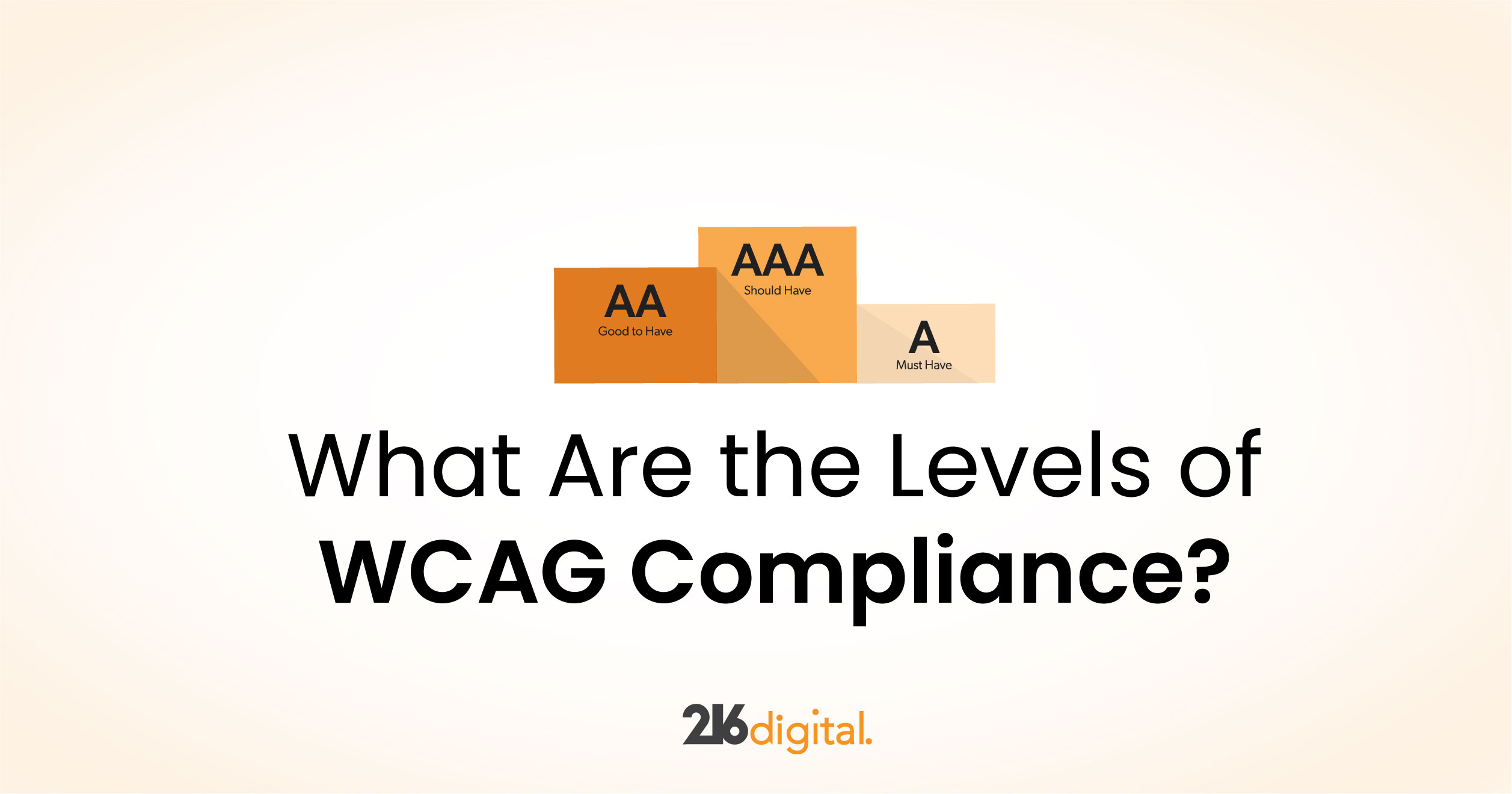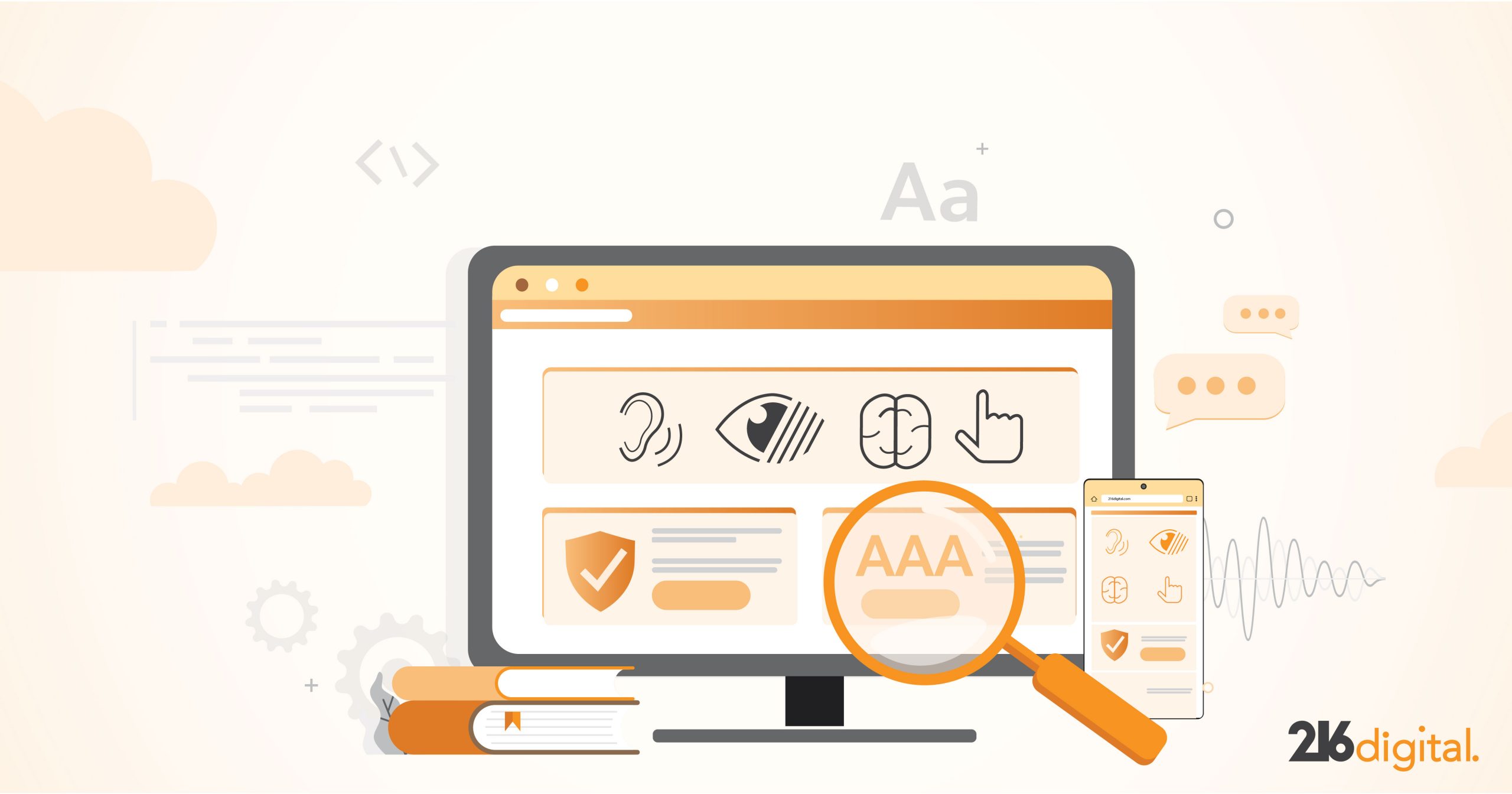As a business owner, you are likely aware that the Americans with Disabilities Act (ADA) is a federal law mandating inclusion for people with disabilities in all areas of public life. Did you know, however, that these protections also extend to websites? The number of website accessibility lawsuits has steadily risen — from 2,314 in 2018 to 4,061 in 2022.
But don’t worry. We’ve got you covered! In this guide, we’ll take a look at what you need to know as an online business owner about the ADA and its implications for your website, including:
- What is the ADA?
- Who Has to Be ADA Compliant?
- How Does the ADA Assess Web Accessibility?
- The Rise of ADA Web Compliance Lawsuits
- Why You Need to Take ADA Web Compliance Lawsuits Seriously
- Find Out If Your Website is ADA Compliant
What is the ADA?
The ADA, or the Americans with Disabilities Act, is a federal law that prohibits discrimination against people with disabilities in all areas of public life. The primary goal of this law is to ensure that people with disabilities have the same rights and opportunities as everyone else.
The ADA draws on the precedent set by Section 504 of the Rehabilitation Act, which guarantees certain rights to people with disabilities. However, the Rehabilitation Act was very limiting, only applying to the government sector (later amended and updated by Section 508).
What Does the ADA Cover?
ADA is a very broad piece of legislation that is divided into five titles. The part of the ADA that affects the way that businesses serve customers and employees is called “Title III.”
Title III of the ADA, which affects how businesses serve customers and employees, prohibits discrimination in “places of public accommodation.” These “public accommodations” refer to privately owned entities such as restaurants, schools, recreation facilities, and retail stores.
The ADA necessitates two main things:
- Employers must provide necessary accommodations for employees with disabilities to perform their job duties, which may involve accessible restrooms and appropriate office equipment.
- Businesses must ensure that their services are accessible to customers with disabilities. This requires features such as wheelchair ramps for building entrances, American Sign Language (ASL) interpretations, and accommodations for service animals.
Who Has To Be ADA Compliant?
There’s a common misconception that ADA only applies to large corporations or physical brick-and-mortar stores. Any business with 15 or more employees or any that operates publicly must comply with the ADA. However, this rule does not apply to websites—businesses of all sizes may be served with ADA non-compliance litigation.
That means that ADA affects:
- Places of entertainment such as theaters and concert halls
- Restaurants
- Retail stores
- Doctors’ offices
- State and local government offices, employment agencies, and labor unions
- Schools and daycare facilities
Is ADA Compliance Mandatory for Websites?
While it was clear from the beginning that the ADA would affect brick-and-mortar stores, it was less obvious if it would cover websites and online applications. As the internet and websites started to play a bigger role in how consumers interact with businesses, the way the ADA is applied to web accessibility had to change.
In 2010, the Department of Justice (DOJ) began rulemaking activity to assert that all business websites are “places of public accommodation” under Title III of the ADA. The final Notice of Proposed Rulemaking, however, has been postponed by the DOJ multiple times.
It wasn’t until late 2021 and early 2022 that the DOJ entered into multiple settlement agreements concerning the accessibility of websites used for COVID-19 vaccines. These emphasized that the DOJ “…has consistently maintained that the ADA’s requirements apply to all goods, services, privileges, or activities offered by public accommodations, including those offered on the web.”
Today, US courts apply ADA accessibility requirements to all online domains, including websites and other web-based applications. Consequently, businesses should strive to comply with ADA rules.
How Does the ADA Assess Web Accessibility?
Due to the DOJ’s delay in releasing technical standards for web accessibility, confusion has emerged among businesses and website owners about what is required for ADA compliance. As a result, the DOJ often refers to the Web Content Accessibility Guidelines (WCAG), developed by the World Wide Web Consortium (W3C), as the standard for ADA web compliance.
WCAG 2.1 Level AA has become the benchmark for ADA web compliance, even referenced in many joint lawsuits with the DOJ. However, it is important to note that there is no legal standard— even achieving WCAG 2.1 AA conformance does not fully protect you from lawsuits.
WCAG 2.1 consists of 78 success criteria written as pass-or-fail statements that address common accessibility issues, such as miss or non-descriptive alternative text and keyboard navigation.
The Rise of ADA Web Compliance Lawsuits
An ADA web accessibility lawsuit can be filed by anyone who feels they have been discriminated against due to a website’s inaccessibility.
The ADA’s relevance to websites and online applications is more than just theoretical. Since 2017, ADA Title III related lawsuits have skyrocketed, with 2,314 lawsuits filed in 2018 and over 4,061 cases in 2022. Overall, web accessibility lawsuits have increased by 175% over the past five years. Furthermore, these figures don’t include the rising number of ADA legal complaints and ADA compliance demand letters sent to businesses with non-accessible websites.
In 2022, 1,500 demand letters were sent per week. This represents a steep incline in legal actions pursued following the notice of non-accessible websites on the internet.
As an online business or website owner, it’s critical to ensure your website is accessible to everyone, regardless of their disability. Doing so not only helps avoid legal action but also broadens your audience.
What Are the Most Common Accessibility Issues Cited In Legal Claims?
Most ADA website compliance lawsuits center around a few recurring issues, including:
- Missing Image Descriptions or Alt Text: Images should have descriptive alt text that provides context or meaning for those who can’t see them.
- Empty Links and Buttons: All links and buttons should have descriptive labels or text to inform users about their purpose.
- Info and Content Structure: Information should be organized logically, and the content structure should be easily navigable by assistive technologies.
Why You Need to Take ADA Web Compliance Lawsuits Seriously
Web accessibility cases against large companies like Domino’s, Netflix, and H&R Block made headlines. However, most lawsuits are against small to medium-sized businesses. In 2022, 72% of ADA non-compliance lawsuits involved companies with less than $50 million in annual revenue.
These lawsuits can lead to stiff penalties. For example, businesses that violate Title III of the ADA may face a maximum civil penalty of $75,000 for a first violation. Subsequent violations have been seen with up to a $150,000 fine. Since the court would inevitably favor the plaintiff, small business owners often feel they have no choice but to settle out of court. But even the average ADA website lawsuit settlement still comes to $35,000.
The implications are clear: a non-accessible website is a significant liability for any company operating on the web today.
Find Out If Your Website is ADA Compliant
As a website owner, you must ensure your site is accessible to all, including those with disabilities. Understanding ADA Title III is a crucial step toward achieving this goal. Although the process may seem daunting, it’s a worthy investment that helps you avoid legal complications and improves your website’s usability and reach. So, why not start reviewing your website’s accessibility today?
Find out if your website is ADA compliant today by scheduling a 15-minute complimentary website audit and consultation with our experts at 216digital. We can help determine if your website is at risk of a lawsuit and offer fast, effective ADA compliance solutions. This ensures your site is accessible to everyone, reducing your risk of litigation so you can continue focusing on what matters most: running your business.

